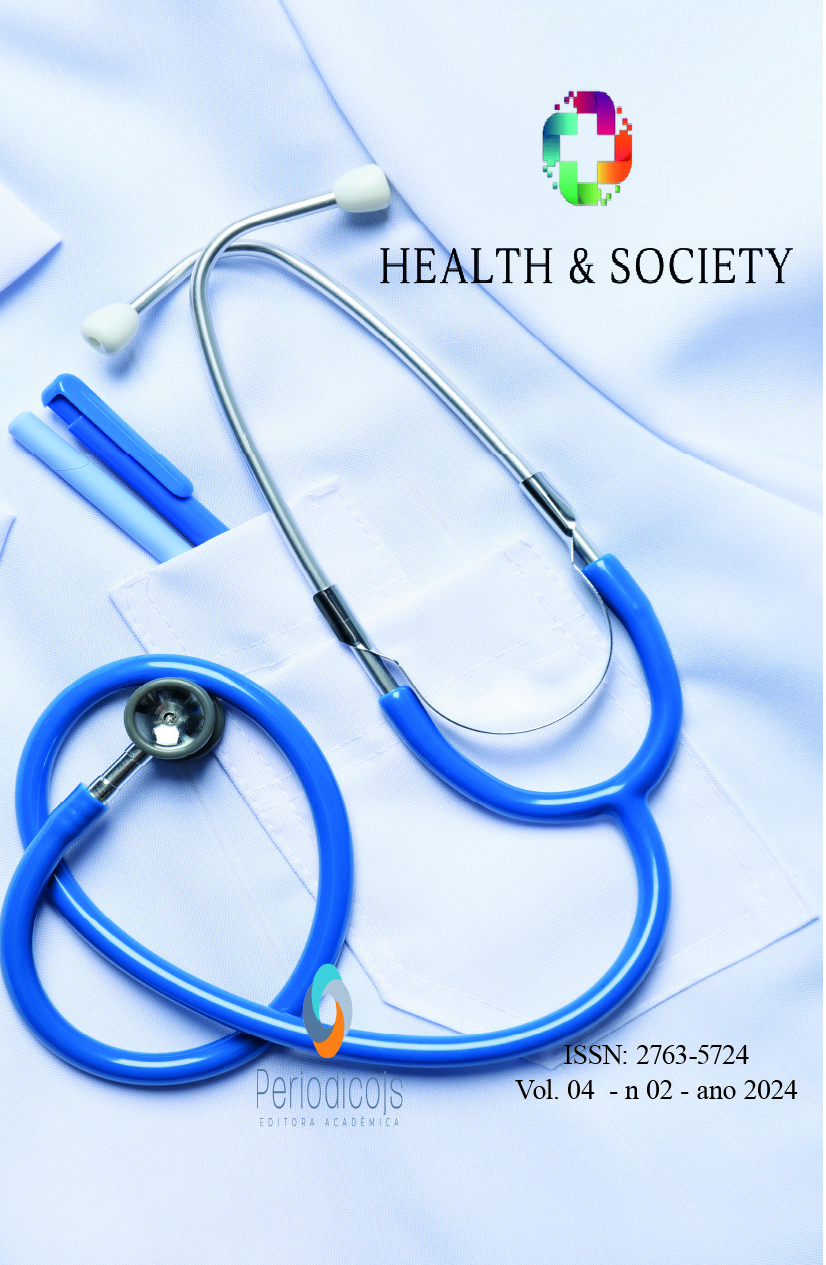Resumo
Obesity is now considered a public health problem. It is treated as a chronic disease where the accumulation of body fat occurs due to several factors, such as complex morphological changes resulting from the interaction of lifestyle, genetic and emotional factors. Therefore, the need for therapies that help to improve the quality of life of people with this disease becomes quite viable. This study was carried out with the objective of describing the Medicinal Biomagnetism (MB) therapy helping obese individuals to lose weight. There are numerous scientific research aimed at studying the causes of the development of obesity. There is a variety of “recipes”, medicines, therapies, formulas, proteins, diets, etc., in order to treat obesity. These techniques are usually offered at a high cost, and are almost always not performed correctly, so they do not have the desired effects. In this research, we present a possibility of low- cost, non-invasive therapy, called Medicinal Biomagnetism that uses medium intensity magnets with the objective of providing not only quality of life, but also assisting in weight loss. In this research, the 3D movement protocol 1, 3D movement protocol 2 and specific special pairs were used. The result achieved so far gives us hope that it is possible to lose weight without the use of any medication and with a low investment cost, considering the health gain obtained by the patient.
Referências
Mancini, M. C. (2015). Tratado de obesidade (2ª ed.). Guanabara Koogan.
Camargos, S. P. da S., et al. (2020). Esquemas Iniciais Desadaptativos em Pacientes Pré e Pós-bariátricos. Rev. Bras. ter. Cogn., 16(1), 34-41. http://dx.doi.org/10.5935/1808-5687.20200006
Melo, M. E. (2010). Doenças Desencadeadas ou Agravadas pela Obesidade. Associação Brasileira para Estudos da Obesidade e Síndrome Metabólica (ABESO). Recuperado de http://www.abeso.org.br/pdf/Artigo%20%20Obesidade%20e%20Doencas%20associadas%20maio%202011.pdf
FrancischI, R. P. P., Pereira, L. O., Freitas, C. S., Klopfer, M., Santos, R. C., Vieira, P., & Lancha Júnior, A. H. (2000). Obesidade: Atualização Sobre sua Etiologia, Morbidade e Tratamento. Rev. Nutr., 13(1). Recuperado de arttext&pid=S1415-52732000000100003&lng=en&nrm=iso
Martinez, D. G. (2021). Programa de Terapias, Cursos y Praticas 2021: par biomagnético. Biomagnetism Research Institute.
Durán, I. G. (2017). O Par Biomagnético. Universidad de Nuevas Ciências Médicas SC.
Andrade, J. C. D. (2018). Química Analítica Básica: Os Conceitos Ácido-base E A Escala De Ph. Rev. Chemkeys, (1), 1-6. Recuperado de https://econtents.bc.unicamp.br/inpec/index.php/chemkeys/article/view/9642
Karp, G. (2005). Biologia Celular E Molecular. Manole.
Chatelard, D. S. E., & Cerqueira, A. C. (2015). O Conceito De Simbiose Em Psicanálise: Uma Revisão De Literatura. Ágora: Estudos em Teoria Psicanalítica, 18(2), 257-271. https://doi.org/10.1590/S1516-14982015000200007
Frank, B. L. (2017). Biomagnetic Pair Therapy And Typhoid Fever: A Pilot Study. Med Acupunct., 29(5), 308-312. https://doi.org/10.1089/acu.2017.1253
Bailey, J. (2010). Bioenergetic Basics: The Art Of Dynamic Wellness With Goiz Biomagnetic Pairs.
Bossa, A. V. (2021). Apostila De Biomagnetismo Medicinal (Ed. 12, Vol. 1). Editora Independente. Recuperado de www.institutoparmagnetico.com.br
Pinheiro, A. R. D. O., Freitas, S. F. T. D., & Corso, A. C. T. (2004). Uma Abordagem Epidemiológica Da Obesidade. Revista De Nutrição, 17(4), 523-533. https://doi.org/10.1590/S1415-52732004000400012
Anjos, L. A. D. (2006). Obesidade E Saúde Pública. Fiocruz.
Barbieri, A. F., & Mello, R. A. (2012). As Causas Da Obesidade: Uma Análise Sob A Perspectiva Materialista Histórica. Conexões, 10(1), 121–141. https://doi.org/10.20396/conex.v10i1.8637693
Figueiredo, B. Q. de, Souto, B. O. V., Nogueira, C. F. R., Silva, I. T. da, Bernardes, L. B. R., Peres, M. L. A., & Oliveira, R. C. (2021). O enorme custo da obesidade para a saúde pública brasileira: Uma breve revisão de literatura. Research, Society and Development, 10(9), e33610918276. https://doi.org/10.33448/rsd-v10i9.18276

Este trabalho está licenciado sob uma licença Creative Commons Attribution 4.0 International License.
Copyright (c) 2024 Cristina Oliveira dos Santos, Nelci Terezinha Idalêncio Detroz, Angela Mara Rambo Martini, Bruna Cecchele Lima Vanzella, Adriane Viapiana Bossa, Caroline Cabral de Azevedo





